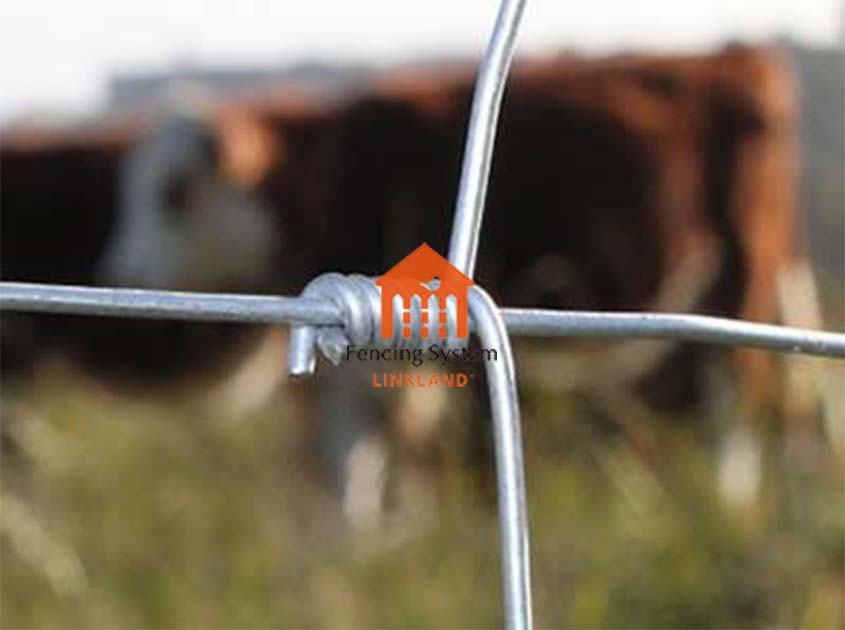Know local regulations. Different regions and countries have different codes and regulations that require different heights and other elements of farm fencing. Before installing a farm fencing, one should understand local codes and regulations to ensure that the fencing complies with local legal requirements. This can be done by consulting a local government agency or a professional fence installation company.

Determine the height of the fence. The height of the farm fence should be determined according to the needs of the farm and local regulations. The height of the fence should be high enough to prevent animals from jumping or going over the fence. Terrain, wind and other factors should also be considered when determining the height of the fence.

Comply with regulatory and compliance requirements. When installing fence for farm, local codes and compliance requirements should be followed. This includes elements such as location, height, material and construction where the fence will be installed. Fences should be installed on the boundary line of the farm and comply with local building and safety regulations.
Perform regular maintenance checks. Farm fences require regular maintenance and inspections to ensure their functional effectiveness and long-term use. Maintenance includes cleaning, coating maintenance, inspection and repair, etc. Regularly check that the fixing brackets, screws and other connecting parts are fastened securely. If any loose or damaged parts are found, they should be repaired or replaced immediately.
Pre:The Rugged Choice: Learn about the High Quality of HINGE KNOT FIELD FENCE